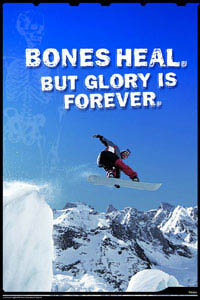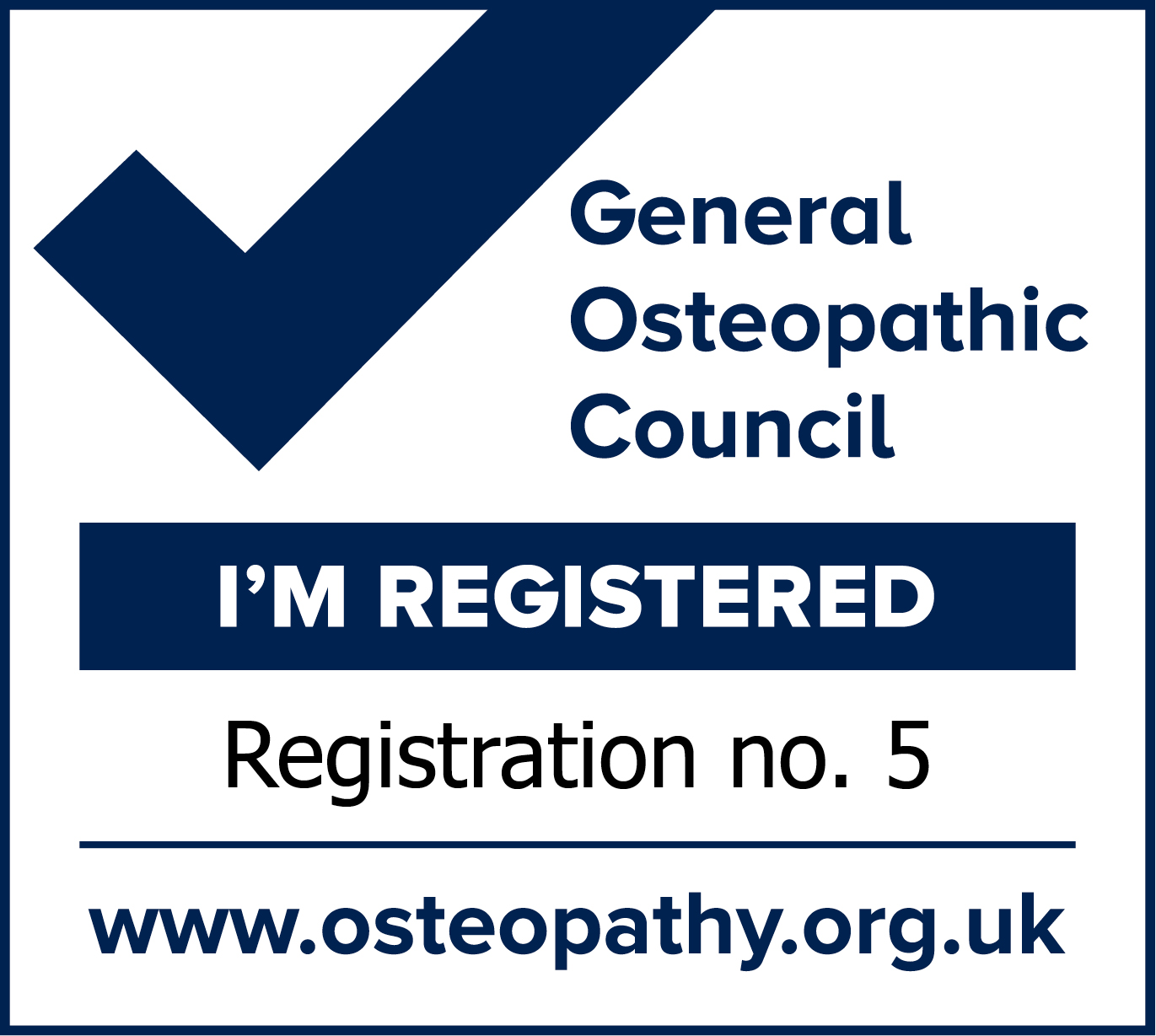About Osteopathy
WHAT IS OSTEOPATHY?
Osteopathy is best known for helping patients who suffer low back pain and sciatica. This success is due to the conscientious approach to patients. Patients are treated rather than conditions. Osteopaths recognise the importance of the link between the structure of the body and the way it functions. Each patient is considered as an individual. Patients seek help with muscular aches and joint pains, sporting injuries. Osteopathy focuses upon the body’s skeleton and joint function along with the underlying muscles, soft tissues and internal organs. Enthusiasts could be misinterpreted as proposing osteopathy as a panacea or “magic cure” for all ills and this is not the case. The approach simply tries to find the health in the individual. People of all ages can benefit. Osteopaths in this country often communicate with the healthcare team to ensure that patients receive the most suitable care.
EDUCATION TRAINING
UK trained osteopaths study a minimum of four years. In the BSc degree course practitioners are taught to assess patients who may present with pain originating from the musculo-skeletal system. Differential diagnosis is important as referred pain can sometimes be the source of problems. Students of osteopathy learn anatomy, physiology, embryology, pathology, clinical methods as well as a foundation in medical systems such as: orthopaedics, rheumatology, respiratory, cardiology, genito-urinary, gastrointestinal, neurology, psychology. This enables each practitioner to master the philosophy and practice of osteopathic medicine . The colleges that train osteopaths are scrutinised by the Quality Assurance Agency.
WHAT MAKES OSTEOPATHY DIFFERENT?
When consulting an osteopath for the first time a full case history is taken of the presenting complaint including a thorough examination of relevant systems. Osteopathy is “global” which basically means that our approach is mindful of a patient’s chemical, mechanical/physical and emotional wellbeing. Sometimes current pain can be connected to past trauma or other health problems in the body.
For example
Patients presenting with shoulder pain will be asked about all aspects of their health to ensure that an accurate diagnosis can be formed. Shoulder pain could originate from many structures that support and move the joint as well as dysfunction with the nerve supply originating in the neck. Problems with organs that sit under the diaphragm as well as the heart and lungs can refer pain to the shoulder and upper back. Heart problems, high blood pressure and inflammation of the membranes of the spine can be associated with neck pain. Sometimes kidney infection, pelvic inflammatory disease and aortic aneurysm can be associated with back pain to mention but a few. However it is important to recognise that back pain is common and most pain is classified as “simple mechanical pain”.
Osteopaths motto:
FIND IT. FIX IT. LEAVE IT!
WHAT HAPPENS AT INITIAL CONSULTATION?
Patients are evaluated by obtaining a full case history of the current problem and past medical conditions. Following this patient undergo an examination of the musculo-skeletal system with assessment of the neurological and vascular systems if relevant. Using a well developed sense of touch called palpation in addition to pattern recognition osteopaths attempt to identify the structures and areas of dysfunction that might be contributing to some of the patients pain. If further investigation is indicated such as x-ray or MRI scan osteopaths can refer privately but often cooperate with a GP or consultant. At this practice we endeavour to allow a flexible patient-centred approach to patient care. So patients phone within a couple of days after treatment for an update during our phone in time which is 9-10am each morning. Patients are encouraged to report upon progress and discuss future management.
Using gentle stretching techniques, as well as manipulating joints, osteopaths work with the body to create the optimum conditions for healing to take place.
The name OSTEOpath can mislead people to think that osteopathic treatment is directed at only bones. Actually the nervous system controls the muscles that move the bones. The nervous system comprises motor nerves which send messages from the central nervous system to control movement; sensory nerves inform CNS of position of body in space, pain etc; the autonomic nervous system regulates the body by influencing impulses that supply smooth muscle so are associated with peristalsis, sphincter control, heart rate and vascular tone. Problems in the spine can sometimes affect structures that are also innervated by the “irritable” segment. This is termed fascilitation of the spinal cord, osteopathic lesion or somatic dysfunction.
Treatment is focused upon improving the function of each individual segment of the spine and focuses on the biomechanics of the body. Osteopaths aim to improve circulation by enhancing flow of blood, lymph, synovial fluid, CSF and improve the hydraulic function of the inter-vertebral discs. A variety of techniques also try to adjust the neural activity of the tissues which feedback to the central nervous system There are a range of approaches aimed at releasing the soft tissues by massage, mobilisation and gentle positional-release techniques. Occasionally quick specific adjustments are directed at tissues that are restricted called a minimal / high velocity thrust. There are very gentle cranial-sacral techniques often used with children.
We are fortunate to have an excellent team of osteopaths from a variety of different schools so we can offer a wide diversity of approaches. We aim to provide an appointment within 48 hours of request.
There is a wide network of competent practitioners and fitness instructors etc that we regularly refer to if a patient is open to this. We also inform patients of current initiatives such as the funding for exercise on prescription at the leisure centre. We discuss the maintenance of well being but do not advocate being tied to regular trips to the osteopath as we feel this invokes dependency and is not good practice.
We advocate:
FIND IT. FIX IT. LEAVE IT
Treatment is tailor- made to each patient. Patients’ problems are assessed and treated at the first appointment. Patients are encouraged to discuss with their practitioner whether future intervention is appropriate. Our phone-in time is aimed to allow such communication.
Aim:Our aim is to provide conscientious osteopathic health care for all regardless of funding. We base our patient management on the latest evidence base with close collaboration with the healthcare team. We strive to be a centre of excellence, providing patients with competent screening and patient centred management . We offer appropriate referrals to local NHS and private health services. We hope to integrate osteopathy into everyday care for all.
If your back goes out more than you do. . .Call us- Embrace health with osteopathy
- Help pain naturally
- Humour is good for you but we do take your health seriously


